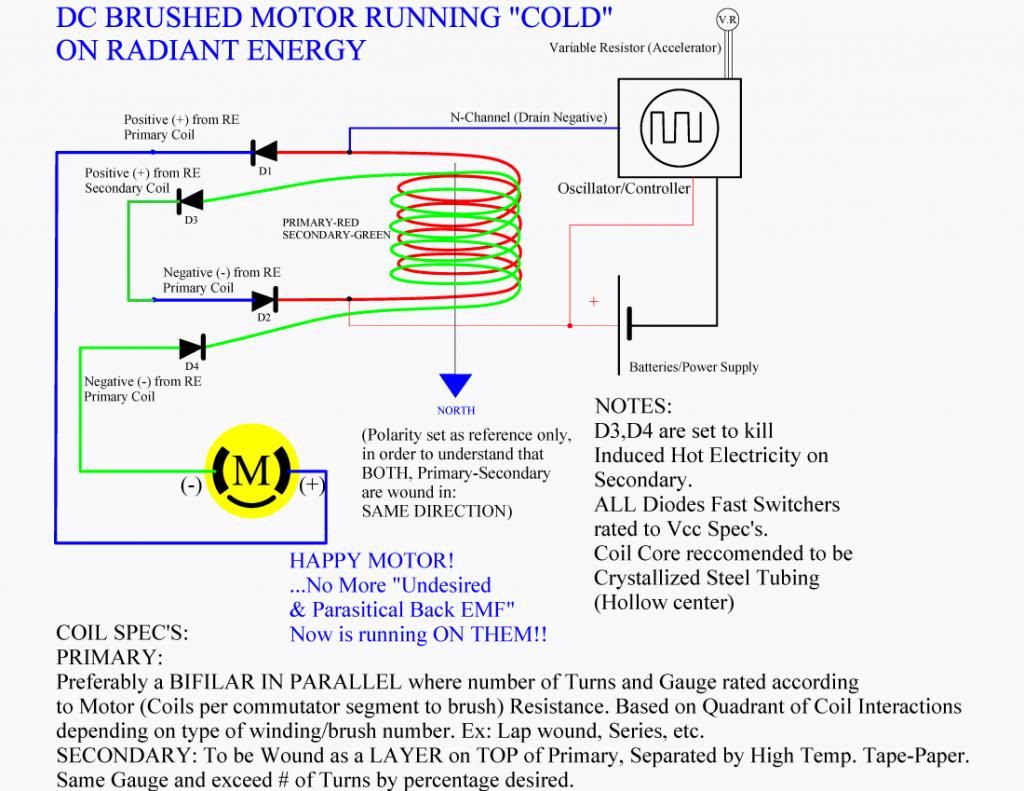Hello JS
I finally got some time to put on another two fets and there is not even 1/4 degree temp rise above ambient starting temperature. This is compared to finger burning with two fets. Scope shows same sharp square wave. As this board is working great, I will test driver tomorrow on another board without fets attached. Motor runs well with this one four fet board at 25 thru 35 frequency but circuit squeals above that freq.
Dana
I finally got some time to put on another two fets and there is not even 1/4 degree temp rise above ambient starting temperature. This is compared to finger burning with two fets. Scope shows same sharp square wave. As this board is working great, I will test driver tomorrow on another board without fets attached. Motor runs well with this one four fet board at 25 thru 35 frequency but circuit squeals above that freq.
Dana





 Things get better
Things get better

 ) so I only recommend them at your own risk...
) so I only recommend them at your own risk...
Comment